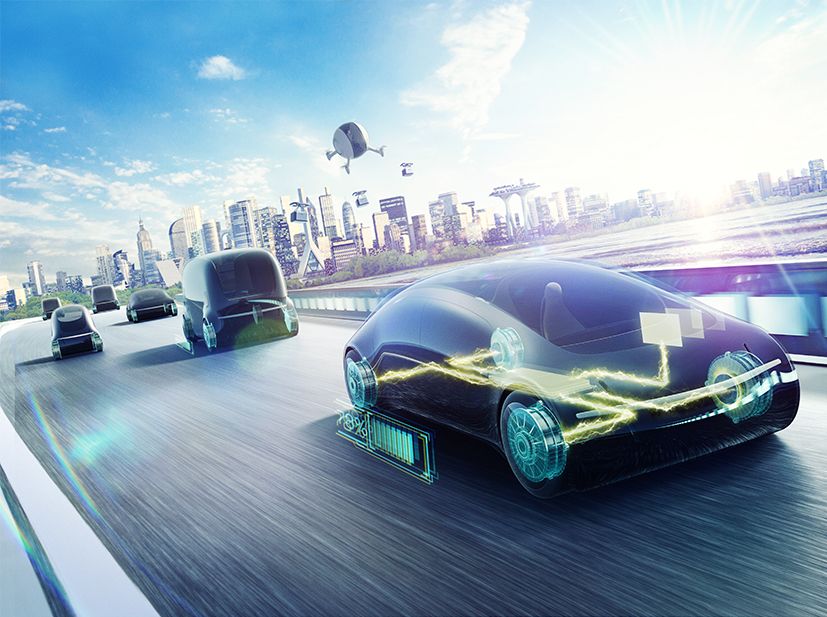Automotive technology supplier DENSO is developing technology whereby wireless power transfer devices can automatically charge electric vehicle (EV) batteries when stationary or on the move.
DENSO – the company behind the invention of the QR Code – is responsible for a Proof of Concept (POC) that would enable drivers of EVs to keep driving without the current need to stop to charge, using dynamic wireless power transfer.
The company says it will provide five major advantages for EV motorists: making the charging process quicker and easier, improving overall vehicle range, passing on EV cost savings to customers, leading to faster development and growth of Mobility-as-a-Service (MaaS), as well as reducing the environmental load for the planet – by bringing us closer to the reality of a carbon-neutral world.
EV users are familiar with the challenges related to finding charging stations, particularly in cities or countries where EV uptake is still low. This lack of charging points, combined with range anxiety that comes with it, are some of the key considerations for potential buyers. While it may not pose a problem at this time, it may become a key concern as EVs go into wider use.
One of the benefits of self-charging hybrid cars is being able to charge the batteries while driving. While the science behind how these self-charging systems work for hybrid and EVs is very different, the concept is similar. It also reduces the likelihood of range anxiety, empty battery related breakdowns, long charging times and social or work-related stresses that traditional EVs which require stopping-to-charge may bring. Dynamic wireless power transfer, has the potential to revolutionise the way EVs integrate into our daily transport routine.
Keisuke Tani and Nobuhisa Yamaguchi are Electrification Systems Engineers at DENSO. Their involvement in this project led to them ‘thinking outside the box of gasoline vehicles’. They wanted to think this way because until now, EV technology development has focused on achieving a similar performance and driving feel to conventional combustion powered vehicles in order to tempt motorists towards greener personal transport.
Tani said: “As for how the technology will work, the principle is as same as that of wireless charging for smartphones today. The charging devices are embedded in the road, and they provide electricity to vehicles when they pass over or halt on the devices. The underlying mechanism is very simple. The key point is to limit the charging points by coordinating infrastructure and mobility to minimise the energy consumption.
“Sophisticated system control is required to develop this type of technology. As a major supplier of control technology, DENSO is able to coordinate the complex mechanisms as one system. We possess deep knowledge and experience in the field of mobility-product control technologies, so we can build systems that effectively coordinate mobility with infrastructure.”
An open innovation approach
While still in the POC development phase, 2022 has already seen DENSO begin the social experiment of collaborative industry–academia demonstration testing, based on an open innovation approach. In 2025, the company plans to start practical applications of the technology in compact mobility systems within its own global manufacturing plants. This technology is expected to work particularly well with vehicles that serve distribution centers, plants and other facilities that operate nonstop throughout the day.
Yamaguchi concluded: “By installing electric power charging systems in these locations, we can expand the potential uses of automated guided vehicles (AGVs) and greatly improve task automation and efficiency. Looking further into the future, automated mobility will be active not only in factories, but throughout towns and cities as well. In such a world, it is not practical to charge a wide variety of electric mobilities with power cables. Seamless charging system such as dynamic wireless power transfer is essential to realize the mobility society described by CASE (Connected, Autonomous, Shared & Electric).”








